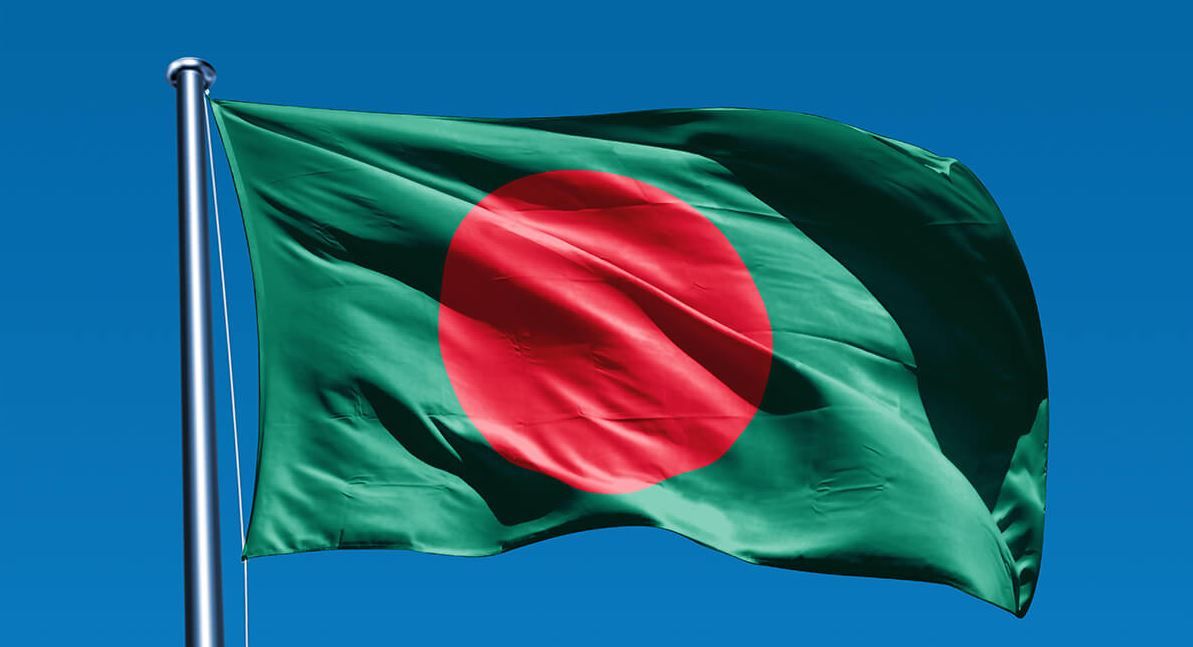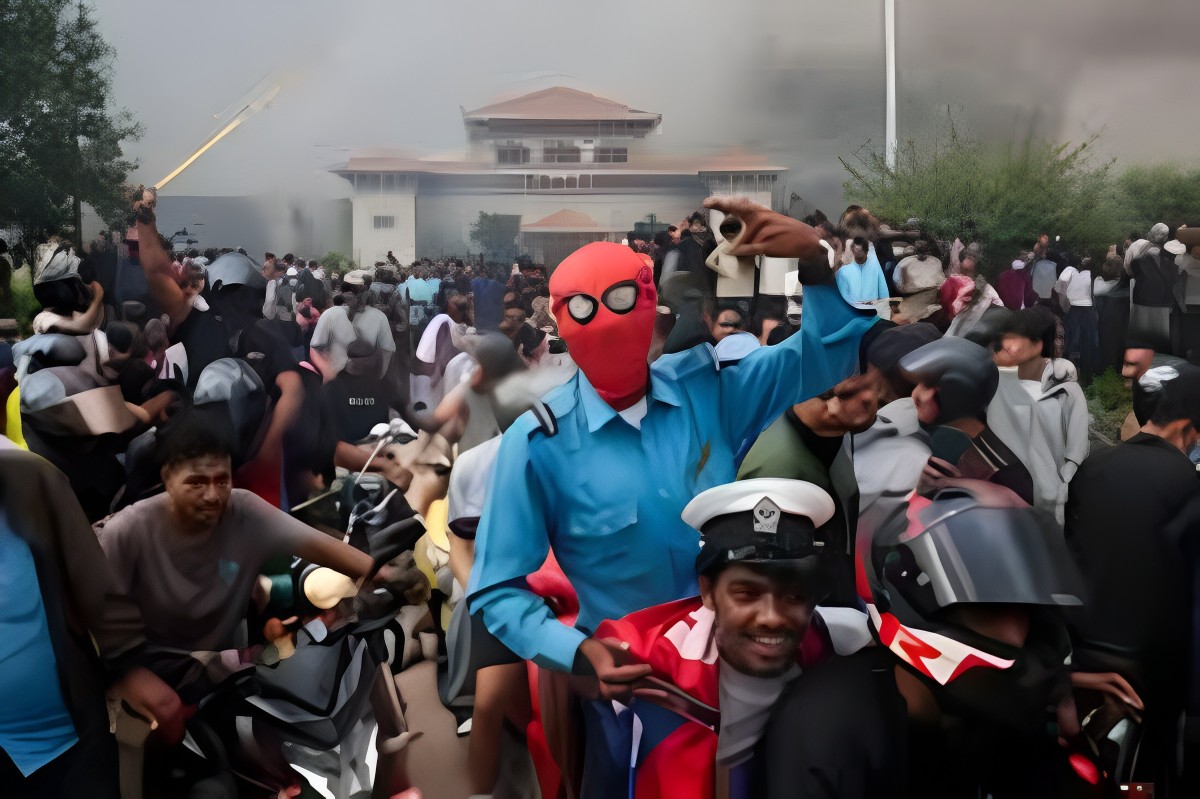Bangladesh is experiencing severe unrest, with nearly 100 people killed on Sunday as protesters demanding Prime Minister Sheikh Hasina’s resignation clashed with security forces and ruling party supporters. This turmoil follows last month’s violence, where at least 150 people died and thousands were injured during protests against reserved quotas in government jobs.
Current Protests and Their History
Calls for Hasina to Step Down
The recent wave of protests is led by the ‘Students Against Discrimination’ group, which also spearheaded last month’s job quota demonstrations. Although the Supreme Court’s decision to scrap most quotas on July 21 temporarily paused the protests, demonstrators resumed last week. Their demands include a public apology from Hasina, restoration of internet connections, reopening of educational institutions, and the release of those arrested.
Over the weekend, these protests escalated into a broader campaign seeking Hasina’s ouster. The students’ group has launched a nationwide non-cooperation movement with a single-point agenda: Hasina must resign.
Why Protesters Want Sheikh Hasina’s Resignation
Protesters accuse Hasina’s government of instigating violence during the July protests. Critics and human rights groups allege excessive force was used against demonstrators, a claim the government denies. In response to recent violence, Hasina stated that those involved are not students but “terrorists” aiming to destabilize the nation. The student group has rejected Sheikh Hasina’s offer for dialogue.
Also Read: बांग्लादेश में ICC महिला T20 वर्ल्ड कप 2024 पर संकट! तख्तापलट के बाद ICC की पैनी नजर
Trigger for Job-Quota Protests
The job-quota protests began in June after the High Court reinstated a quota system for government jobs, overturning a 2018 decision by Hasina’s government to eliminate it. The Supreme Court later suspended this order and directed that 93% of jobs should be merit-based. The contentious quota system, coupled with high youth unemployment, has fueled widespread anger among students.
Economic Factors and Unemployment
The current unrest is also linked to stagnant job growth in the private sector, making public sector jobs, with their regular wage hikes and benefits, increasingly appealing. With around 32 million young people out of work or education in a population of 170 million, the struggling economy—once among the world’s fastest-growing due to the booming garments sector—adds to the discontent. Inflation remains around 10% annually, and foreign currency reserves are dwindling.
Political Context
In January, Hasina won a fourth consecutive term in a general election boycotted by the Bangladesh Nationalist Party (BNP), which accused her Awami League of orchestrating fraudulent elections. The BNP claimed that 10 million of its party workers were on the run before the election, with nearly 25,000 arrested following violent anti-government protests on October 28. Hasina blamed the BNP for the unrest that preceded the election and led to at least 10 deaths in Dhaka.
Conclusion
The situation in Bangladesh remains volatile as the nation grapples with political, economic, and social challenges. The ICC’s vigilance over the situation underscores the global concern over potential impacts on international events, such as the upcoming ICC Women’s T20 World Cup.
Also Read: Olympic Games: Full List of Summer and Winter Sports











